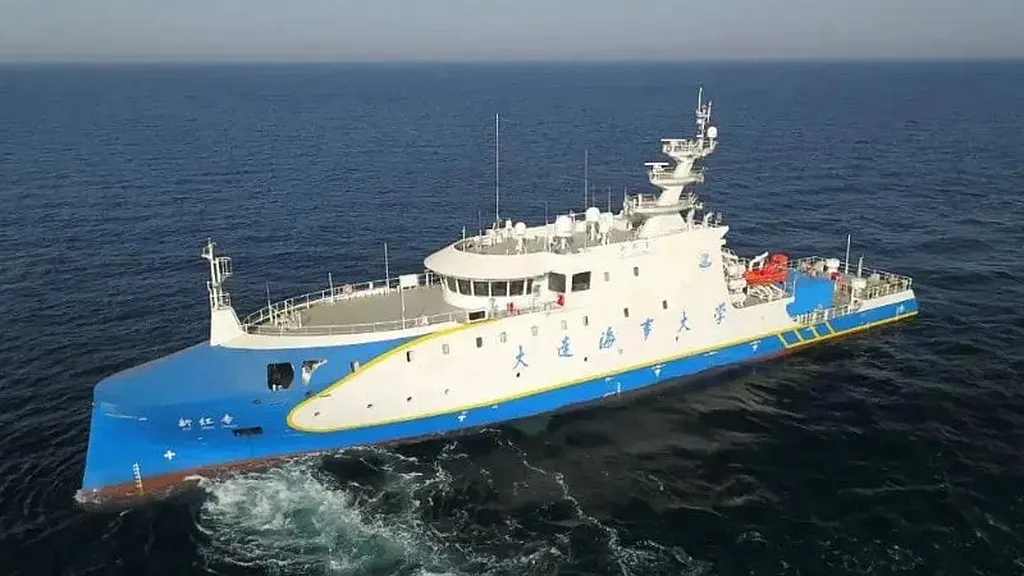In the ever-evolving world of maritime technology, a groundbreaking study from Dalian Maritime University could be a game-changer. Researchers LI Wenhao, ZHANG Dong, and LI Guanyu from the Information Science and Technology College have developed a new model called ComHA that could revolutionize how we handle complex data structures in the maritime industry. Published in the journal ‘Jisuanji gongcheng’ (translated to ‘Computer Engineering’), this research delves into the realm of knowledge graph embedding, a technology that converts intricate semantic information into simpler, low-dimensional vector representations.
So, what does this mean for the maritime sector? Well, imagine the vast amounts of data generated by ships, ports, and maritime logistics. This data often contains complex relationships and hierarchies, like the connections between different vessels, their routes, and the cargo they carry. Current technologies struggle to capture these intricate patterns effectively. Here’s where ComHA comes into play.
ComHA builds upon a previous model called HAKE, which uses a polar coordinate system to map entities and capture relationships at the same level. However, ComHA takes this a step further by integrating geometric transformation techniques. “By using translation, rotation, and scaling operations,” explains lead author LI Wenhao, “we enhance the vector space representations of entities and relationships, making it easier to understand and process complex data structures.”
The researchers tested ComHA on publicly available datasets, including WN18, WN18RR, FB15k, FB15k-237, and YAGO3-10. The results were promising, with significant performance improvements over existing models. This could translate to more efficient data processing and better decision-making in the maritime industry.
For instance, consider predictive maintenance. Ships generate vast amounts of data from their engines, sensors, and other components. By using ComHA, maritime companies could better predict when a piece of equipment is likely to fail, allowing for timely maintenance and reducing downtime. Similarly, in logistics and supply chain management, ComHA could help optimize routes and improve efficiency by better understanding the complex relationships between different data points.
Moreover, ComHA’s ability to capture hierarchical structures could be particularly useful in port management. Ports are complex systems with multiple layers of operations, from cargo handling to vessel traffic management. By better understanding these hierarchies, port authorities could improve operational efficiency and safety.
In the words of LI Wenhao, “ComHA not only captures complex relationships and hierarchical structures within knowledge graphs but also provides new research directions and methodological insights for future research in knowledge graph embedding model design.” This could open up new opportunities for innovation and improvement in the maritime sector.
As the maritime industry continues to embrace digitalization, technologies like ComHA could play a pivotal role in unlocking the full potential of data-driven decision-making. By making complex data structures more understandable and processable, ComHA could help the maritime industry navigate the digital waves of the future.

